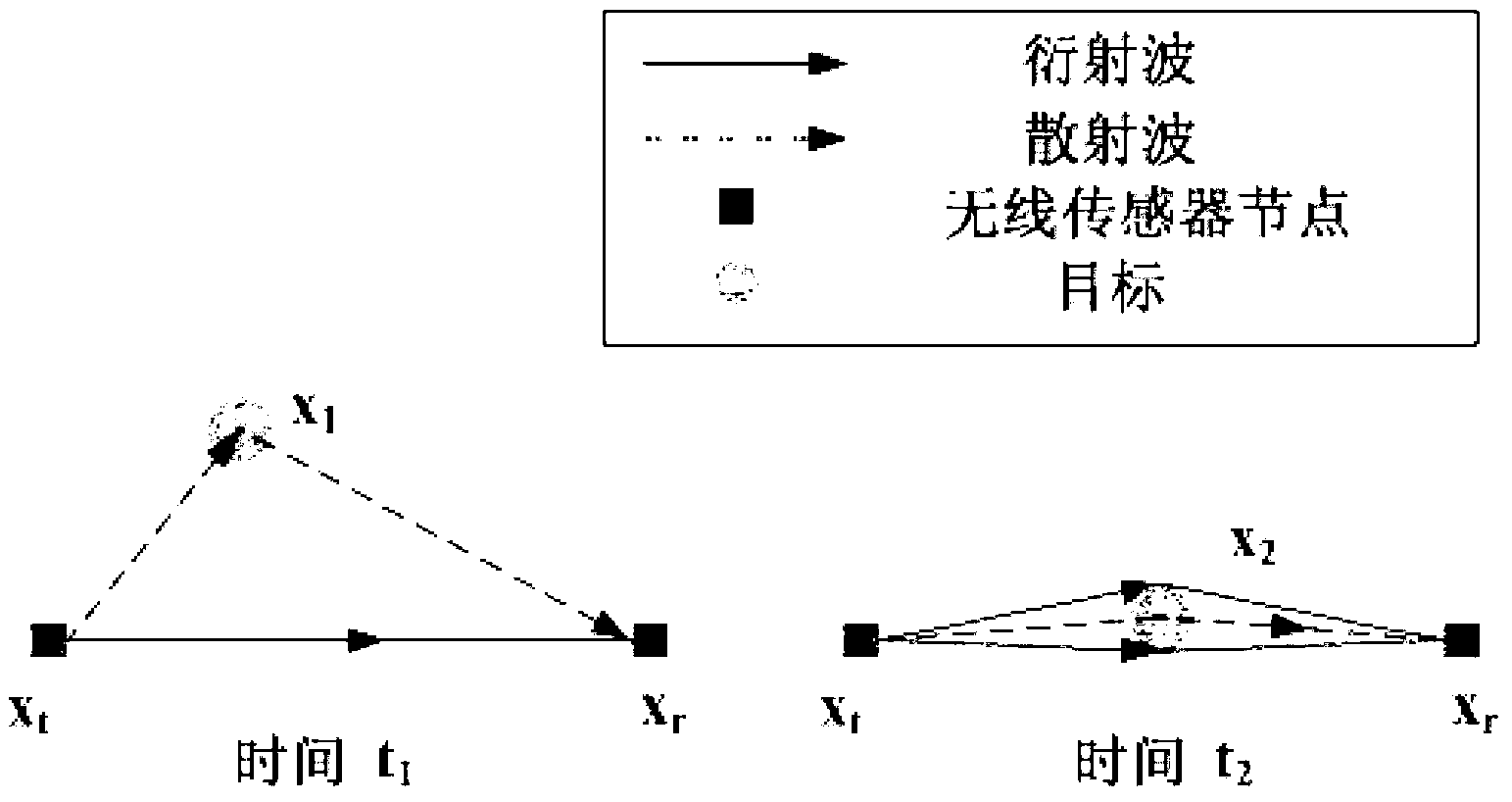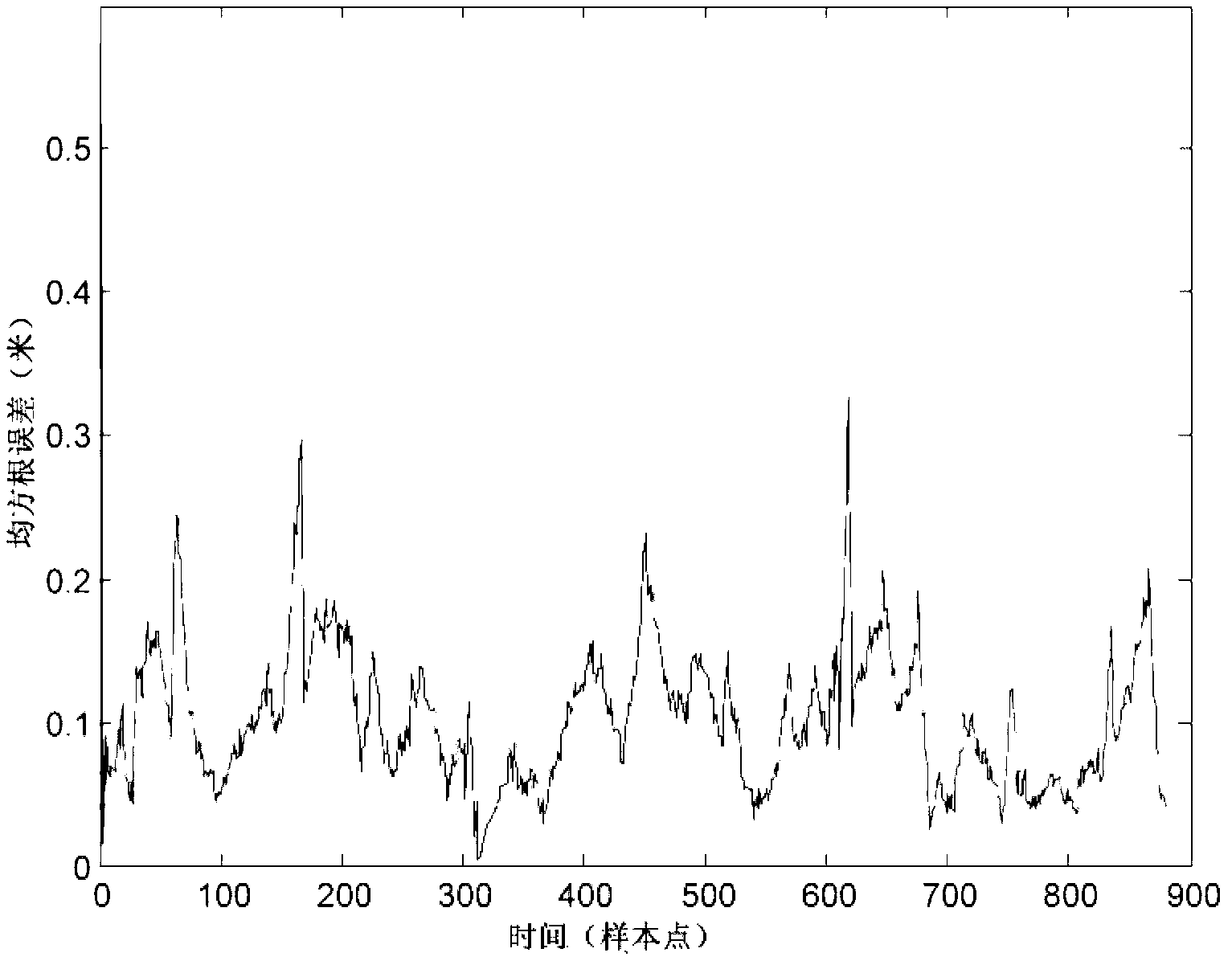RSS (Root Sum Square)-based passive motion tracking method suitable for sparse node distribution
A motion tracking and sparse technology, applied in location-based services, wireless communications, electrical components, etc., can solve problems such as inconvenience, shortage, and increased node maintenance costs, and achieve the effect of expanding the sensing range, reasonable design, and good performance.
- Summary
- Abstract
- Description
- Claims
- Application Information
AI Technical Summary
Problems solved by technology
Method used
Image
Examples
Embodiment Construction
[0036] Embodiments of the present invention are described in further detail below in conjunction with the accompanying drawings:
[0037] An RSS-based passive motion tracking method suitable for sparsely distributed nodes. On a wireless sensor network with sparsely distributed nodes, the tracking accuracy is not lower than that of densely distributed nodes. Usually, when the number of nodes and links per unit area is small, the available RSS measurement data will be insufficient, so the tracking accuracy will decrease accordingly. In order to solve this problem, we divide the multipath components of wireless signals into two types based on the general diffraction theory (UTD: Uniform Theory of Diffraction), and deduce the relationship between these two types of multipath components and the RSS measurement value ; on this basis, we propose a measurement model that comprehensively considers the influence of these two types of components, which expands the sensing range of each l...
PUM
 Login to view more
Login to view more Abstract
Description
Claims
Application Information
 Login to view more
Login to view more - R&D Engineer
- R&D Manager
- IP Professional
- Industry Leading Data Capabilities
- Powerful AI technology
- Patent DNA Extraction
Browse by: Latest US Patents, China's latest patents, Technical Efficacy Thesaurus, Application Domain, Technology Topic.
© 2024 PatSnap. All rights reserved.Legal|Privacy policy|Modern Slavery Act Transparency Statement|Sitemap



